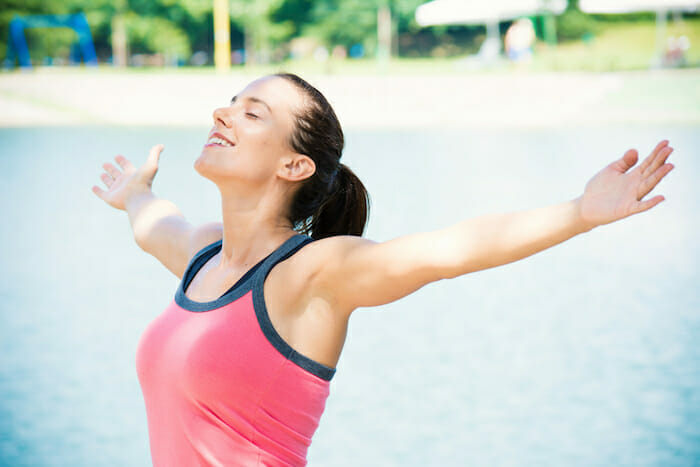Yoga, including meditation and breath control, has numerous physical and mental benefits. Multiple studies have proven that yoga is beneficial for chronic pain, stress, insomnia, and other mental health issues.
The specific poses used during yoga practice can also work to promote blood flow to specific regions of the body, which can aid digestion and lower blood pressure, among other benefits. These postures can increase flexibility, muscle strength, and cardiovascular health. They may also improve respiratory health, boost energy, and protect the body against injury.
Beyond the physical benefits, these relaxation techniques give individuals the tools to manage stress and anxiety levels. Chronic stress can take a toll on the mind and the body. It can result in neck tension, back pain, sleeping problems, headaches, drug abuse, and the inability to concentrate. Yoga allows individuals to develop coping mechanisms to handle stress in a controlled, positive manner.
Regular yoga practice—at least three times per week, and 20 minutes per practice—can greatly improve a person’s mental health. Benefits include improvements in mental clarity and concentration, stress relief, and relaxation of the mind.
Pranayama, or yoga breathing, is the foundation of yoga. It begins with the 3-part breath before moving into more advanced breathing techniques. Pranayama goes hand in hand with asana, which is the placement and posture of the yoga practitioner. Practicing the following breathing techniques will improve your self-discipline and overall well-being. Learn about the benefits here.
Abdominal Breath. Breathing moves the diaphragm up and down with each inhalation and exhalation. Air pushes the abdominal organs forward and then back inward, massaging and relaxing them.
Alternate Nostril Breath. This technique soothes the sympathetic and parasympathetic nervous systems, bringing them into sync. It also provides oxygen to both sides of the brain, providing balance.
Complete 3-Part Breath. The ability to breathe deeply is critical and forms the foundation of most breathing techniques. Inhaling draws the belly in while the mid chest and upper chest breathe out together, forming the complete 3-part breath.
Mid Chest Breath. This breath focuses on expanding the rib cage out to the sides, front, and back. Air is directed into the middle lobes of the lungs, and the exhalation requires a squeezing effort to force all air out of the lungs.
Upper Chest Breath. Air is brought into the upper quadrants of the lungs, which can loosen the upper chest area. This is a great technique for releasing tension in the chest, neck, and shoulders.
Whether you are a professional yogi or a beginner, anyone can engage in these breathing techniques. Yoga offers flexibility in practice and can be adjusted for those with physical limitations. Start a yoga routine with a twenty-minute session one time per week, and build up from there. Consistency is key, and over six weeks, you will notice an improvement in your well-being!
Sources
https://www.mindbodygreen.com/0-4455/8-Most-Common-Questions-from-Yoga-Beginners.html
https://www.doyogawithme.com/yoga_breathing





